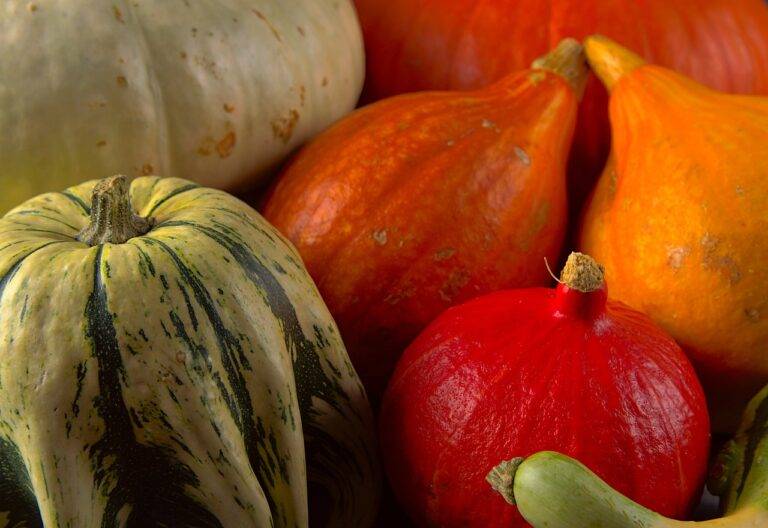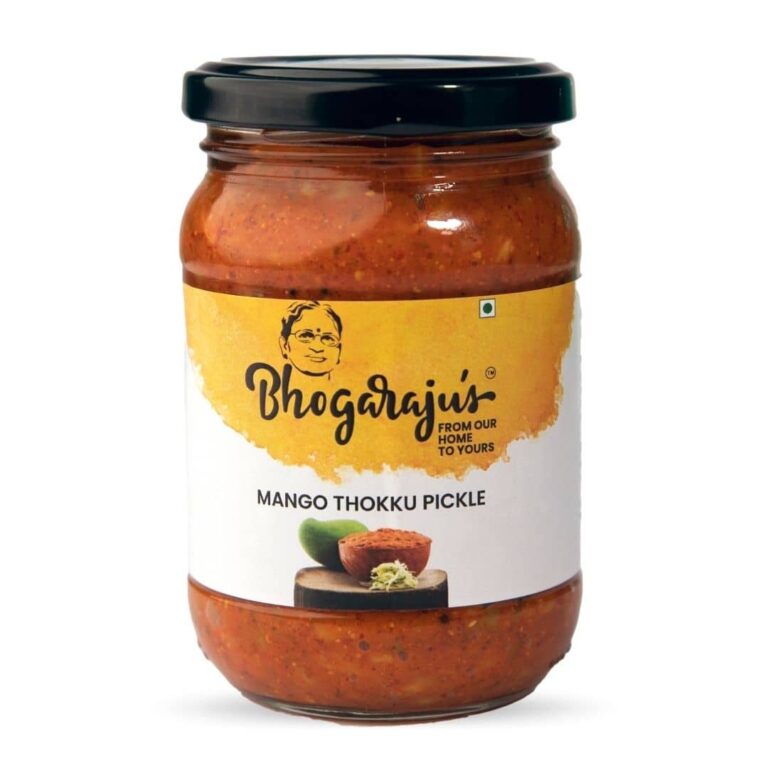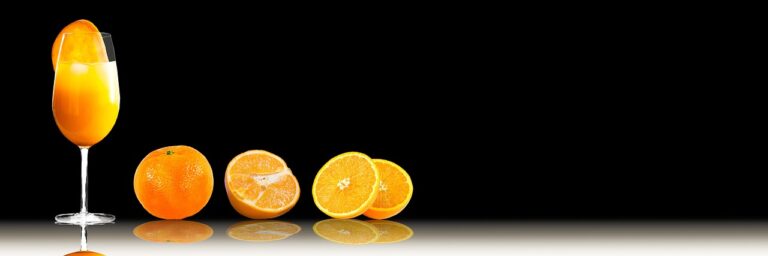The Science of Food Additives: What They Are and How They Affect Your Body
Food additives are substances that are added to food products during preparation or processing to improve their taste, appearance, texture, and shelf life. These additives can be natural or synthetic and serve a variety of functions, such as enhancing flavor, increasing the nutritional value, or preserving freshness. While some additives have been used for centuries, the use of food additives has become more prevalent with the rise of processed and packaged foods in the modern food industry.
Common food additives include preservatives, sweeteners, colorings, and flavor enhancers. Preservatives help extend the shelf life of products by inhibiting the growth of bacteria, mold, and yeast. Sweeteners are used to add sweetness to foods and beverages without the added calories of sugar. Colorings are added to enhance or maintain the color of a product, while flavor enhancers improve the taste profile of foods. These additives undergo strict regulatory processes to ensure they are safe for consumption.
Types of food additives commonly used in the food industry
There are several types of food additives that are commonly used in the food industry to enhance flavor, improve texture, and extend shelf life. One of the most widely utilized additives is preservatives, which help prevent spoilage and protect against microbial growth. These additives can be natural, like salt and sugar, or synthetic, such as benzoates and sorbates.
Another category of food additives frequently found in food products is coloring agents. These additives are used to improve the appearance of food and make it more visually appealing to consumers. Natural colorings like beet juice and turmeric are commonly used, as well as synthetic colorings like FD&C Red No. 40 and Yellow No. 5.
• Preservatives help prevent spoilage and protect against microbial growth
• Natural preservatives include salt and sugar, while synthetic ones include benzoates and sorbates
• Coloring agents are used to improve the appearance of food
• Natural colorings like beet juice and turmeric are commonly used
• Synthetic colorings like FD&C Red No. 40 and Yellow No. 5 are also utilized
The purpose of using food additives in products
Food additives serve a variety of functions in food products. One of the primary reasons for their use is to extend the shelf life of the food item. By incorporating preservatives, the growth of harmful bacteria and molds can be inhibited, thereby increasing the product’s longevity and ensuring its safety for consumption.
Moreover, food additives are often utilized to enhance the flavor, color, and texture of food items. Flavour enhancers and colorants can be added to make the product more appealing to consumers, while texturizing agents can help improve the overall mouthfeel of the food. These additives play a crucial role in creating attractive and palatable products that meet consumer expectations.
What are food additives?
Food additives are substances added to food products to enhance their flavor, appearance, texture, or shelf life.
What are some common types of food additives used in the food industry?
Common types of food additives include preservatives, flavor enhancers, colorings, emulsifiers, stabilizers, and thickeners.
What is the purpose of using food additives in products?
Food additives serve various purposes such as extending shelf life, improving taste and texture, enhancing color, preventing spoilage, and maintaining food safety standards.







